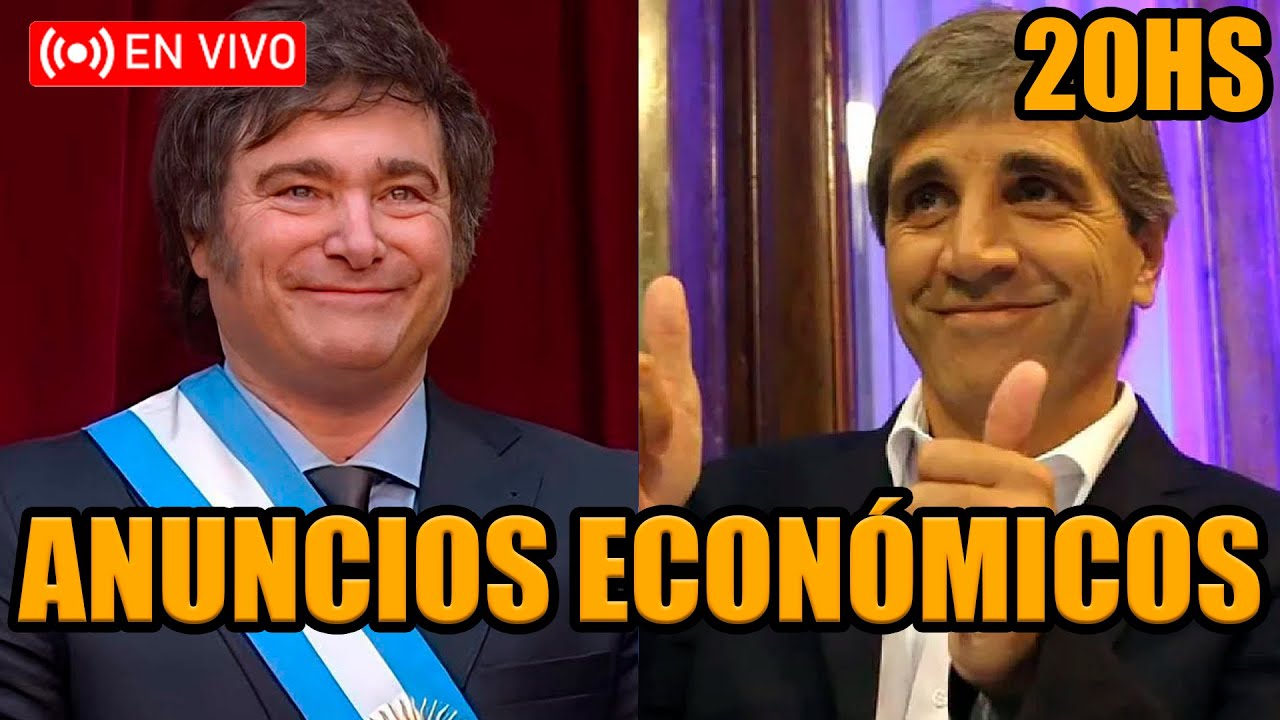Telecom Minister Jyotiraditya Scindia On The Future Of BSNL, Vodafone-Idea & The Recent Tariff Hikes
Summary
TLDRIn an engaging discussion, Minister for Communications J. Cindia outlines India's vision for transforming its telecom sector into a global powerhouse. He highlights significant advancements in mobile and internet connectivity under Prime Minister Modi's leadership, noting a remarkable drop in telecom costs. Cindia emphasizes the importance of indigenous technology and equipment manufacturing, including the rollout of a robust 4G infrastructure aimed at achieving saturation across rural areas. Despite recent market consolidation and tariff hikes, he reassures that India maintains a competitive telecom environment with enough players to ensure consumer choice and quality service.
Takeaways
- 📈 India aims to be a telecom superpower, recognizing the sector's integral role in national growth.
- 📞 Mobile connectivity has reached approximately 85%, with 116 crore subscribers in the country.
- 🌐 Internet connectivity has increased from 20 crore to nearly 95 crore subscribers, showcasing significant growth.
- 💰 Telecom rates have drastically fallen, with voice call costs reduced by 96% and data costs by 94% over the past decade.
- 📡 India has developed its own indigenous 4G technology stack, becoming one of only three countries to do so.
- 🏗️ A target has been set to roll out 1 lakh BTS towers to improve 4G penetration, especially in rural areas.
- 🔄 The minister emphasizes the importance of transitioning from 4G to 5G, with minimal changes needed in infrastructure.
- 📊 While the telecom market has consolidated to three major players, the minister asserts this is still competitive compared to global standards.
- 🔧 Efforts are ongoing to enhance customer service quality, aiming to reduce call drops and spam calls.
- 💼 The ministry is focused on becoming a major telecom equipment manufacturer, enhancing R&D and production capabilities.
Q & A
What is the primary goal of the Ministry of Communications as articulated by Mr. J. Cindia?
-The primary goal is to establish India as a telecom superpower, emphasizing the importance of telecom in national growth and development.
How has mobile connectivity changed in India over the past decade?
-Mobile connectivity has increased to about 85% penetration, with 116 million mobile subscribers reported.
What significant reductions in telecom costs have occurred in recent years?
-Voice call rates have fallen from 0.51 rupees to 0.03 rupees per minute, a 96% decrease, while data costs dropped from 287 rupees to 9 rupees per GB, a 94% decrease.
What initiatives are being taken to enhance 4G infrastructure in India?
-The Ministry aims to roll out 100,000 BTS towers over the next 6 to 12 months to achieve 4G saturation in underserved areas.
What role does indigenous technology play in India's telecom strategy?
-Indigenous technology is crucial as India aims to produce its own telecom equipment, particularly through the development of a 4G technology stack by BSNL.
How many towers still need to be erected for complete 4G saturation?
-Approximately 22,000 towers need to be built across 10,000 villages to ensure complete 4G saturation.
What is the significance of the new Telecommunications Act mentioned by Mr. Cindia?
-The new Telecommunications Act, passed in December, aims to establish rules for better service quality and customer satisfaction, with 23 sections and 35 rules under development.
How does India's telecom market compare globally in terms of competition?
-Mr. Cindia noted that India has four major telecom players, which is relatively favorable compared to many countries that have only two or three major players.
What is the rationale behind the recent tariff hikes in the telecom sector?
-The tariff hikes were necessary due to significant capital expenditures required for rolling out 5G technology and maintaining service quality.
How does the pricing of telecom services in India compare to other countries?
-India's telecom service pricing is among the lowest globally, with packages costing around $1.89, compared to $40 in the US and higher in developed countries.
Outlines

Cette section est réservée aux utilisateurs payants. Améliorez votre compte pour accéder à cette section.
Améliorer maintenantMindmap

Cette section est réservée aux utilisateurs payants. Améliorez votre compte pour accéder à cette section.
Améliorer maintenantKeywords

Cette section est réservée aux utilisateurs payants. Améliorez votre compte pour accéder à cette section.
Améliorer maintenantHighlights

Cette section est réservée aux utilisateurs payants. Améliorez votre compte pour accéder à cette section.
Améliorer maintenantTranscripts

Cette section est réservée aux utilisateurs payants. Améliorez votre compte pour accéder à cette section.
Améliorer maintenantVoir Plus de Vidéos Connexes

TERKUAK Alasan Gibran Rakabuming tak Hadir Reshuffle Kabinet Merah Putih

SHOCKER: Disney WHISTLEBLOWERS Give James O'Keefe Access to Disney's Official LGBT Internal Chats

Malaysia was formed upon consensus among all states based on principle of federalism - Fahmi

¡ANUNCIOS ECONÓMICOS DE MILEI! HABLA EL MINISTRO TOTO CAPUTO

Pakistan, Ukraine-Gaza war, UN & more, EAM Jaishankar delivers India's message at UNGA

What is Parkinson's Disease?
5.0 / 5 (0 votes)
